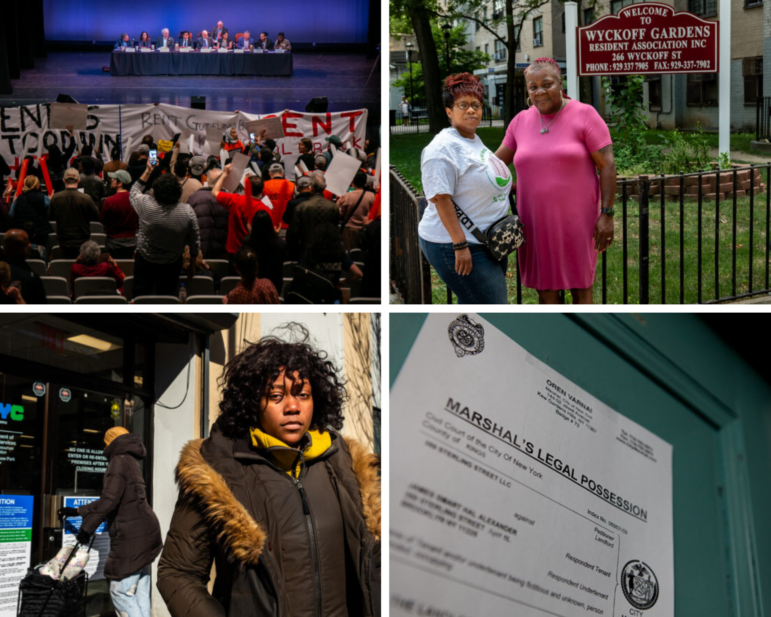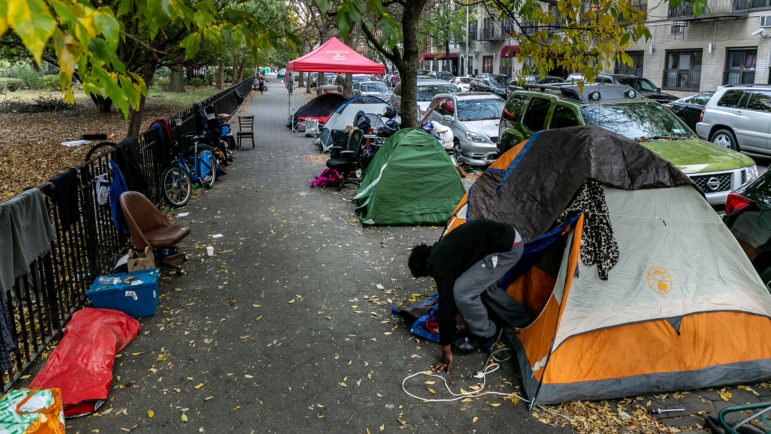
Photo by: Marc Fader
A building from the Milbank portfolio, a troubled set of Bronx buildings bought at too steep a price that then saw severe maintenance problems.
In a city with more than 3.3 million housing units, what does it mean for the rest of us that 3,000 properties went into foreclose in the 3rd quarter of last year, or even that 17,000 or so went into default in all of 2010?
A new report suggests it could mean a great deal: Turns out housing code violations are higher in buildings located close to multi-unit residences that have gone into foreclosure.
The research from the Citizens Housing and Planning Council, funded by Enterprise, looks at buildings that are over-mortgaged or have gone into foreclosure.
“Over mortgaging” has been one impact of the private equity craze, in which real estate investors purchased at premium prices buildings in low- and moderate-income neighborhoods, hoping to raise rents, sell their stake and turn a profit. In several cases, the sale price was so out of line with the rent rolls that the speculators began to sink under their debt. Maintenance often suffered. Some of these buildings end up in foreclosure, but the lead-up to default can be just as tough on tenants.
The report found that the number of Class C violations of the Housing Maintenance Code (the most serious violations) climbed nearly 14 percent between 2008 and 2010 in buildings within 250 feet of an over-mortgaged building. Outside of that zone, C violations rose only 6 percent.
If lesser Class A and B violations are thrown in, the difference is harder to detect. But when a different measure is used, the geographic impact is even clearer: Within 500 feet of a troubled building, the amount the city was owed for emergency repairs to a building increased by 198 percent from 2008 to 2010. Outside of 500 feet, there was a 39 percent decrease in those costs.
When trying to explain urban ills, going from correlation to causation is difficult; there is still debate over what, if any, causal process the “broken windows” theory of policing describes. So the CHPC authors pointedly avoid claiming they’d proved that over-mortgaging begets over-mortgaging. But they do say:
… the results, at a minimum, do reconfirm that over-mortgaged buildings are likely located in neighborhoods with a housing stock at risk of deterioration. As a result, the troubled over-mortgaged buildings and their surrounding areas warrant the continued, and possibly heightened, expenditure of public resources for both ongoing monitoring and direct intervention to prevent deterioration in these communities.
Read the full report here.








